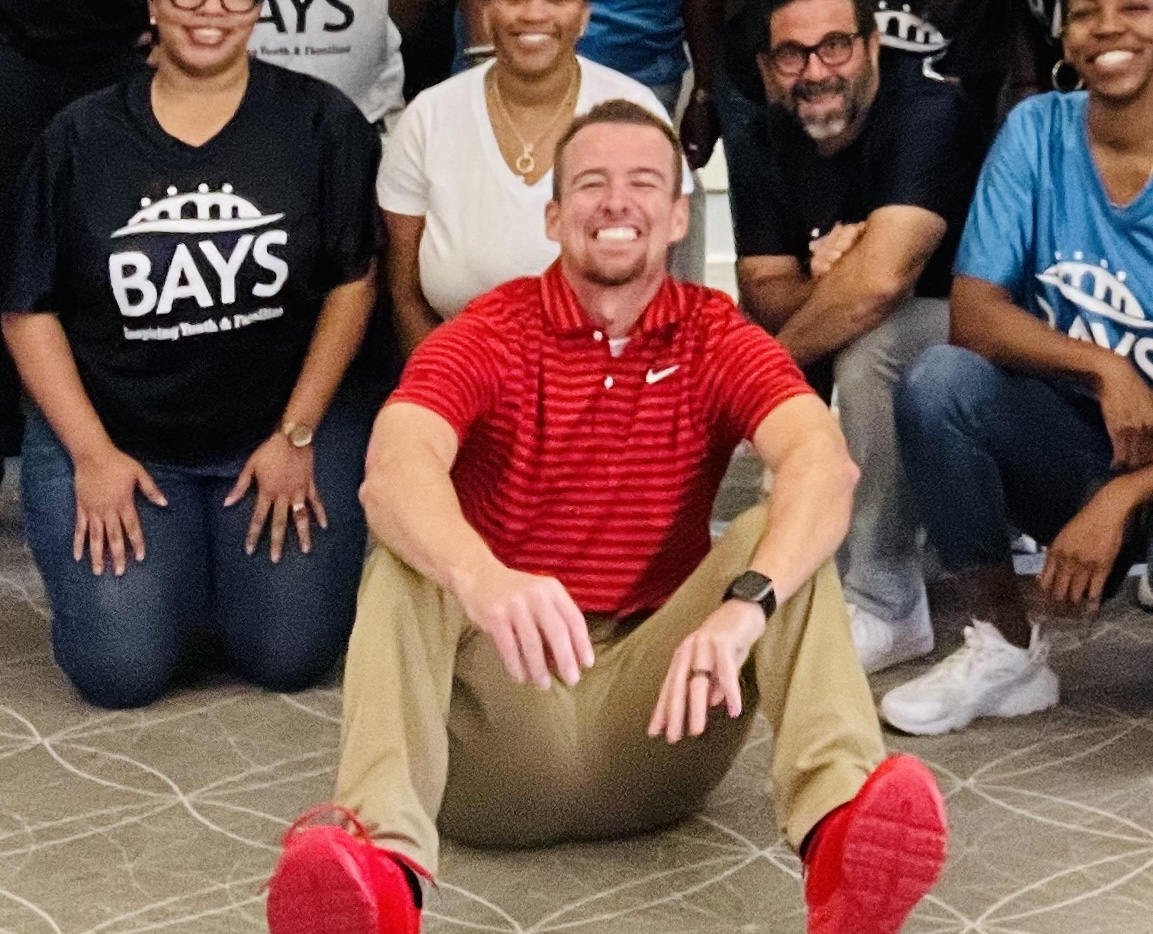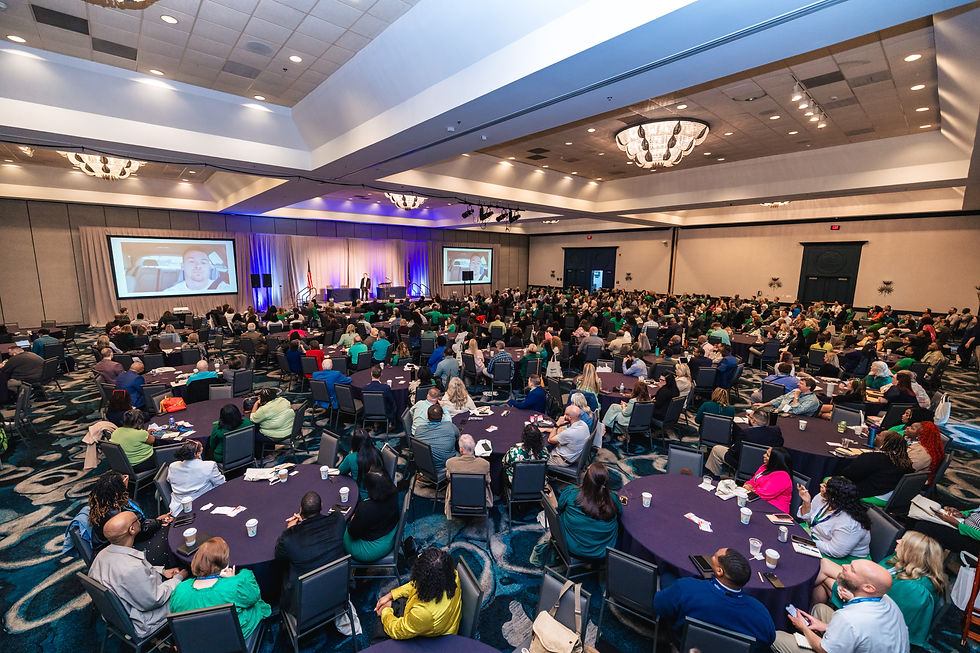Persuasion Isn’t What You Think—Here’s What Actually Works
- Curtis Campogni

- Aug 6, 2025
- 4 min read
We’ve talked about Motivational Interviewing. We’ve unpacked the C.A.P.E. framework. We’ve explored Pathos, Logos, and Ethos.
But here’s the part nobody really talks about:
Persuasion without strategic empathy is just pressure in disguise.
In real-world settings—especially workforce development, child welfare, and juvenile justice—people don’t change because you say the right thing. They change when they feel safe enough to explore what’s already inside them. That’s where strategic empathy comes in.
What Is Strategic Empathy?
Strategic empathy isn’t about being soft. It’s about being smart.
It means knowing how to listen, reflect, and ask in a way that opens the door to action—without controlling the outcome. You’re not rescuing. You’re not directing. You’re creating space for clarity.
This is the beating heart of both Motivational Interviewing (MI) and C.A.P.E. Conversations:
MI gives us the structure — listen with purpose, guide without forcing.
C.A.P.E. gives us the lens — lead with Compassion, stay Adaptable, center Purpose, and bring positive Energy.
Together, they turn empathy from a vague personality trait into a teachable, repeatable communication skill. They give your staff a map for how to connect and coach—without burning out or backing down.
The Problem: We’re Still Telling When We Should Be Listening
In every training I run—whether it’s with career coaches, reentry specialists, or front-line supervisors—someone always says:
“I already say those things… but my client still isn’t moving forward.”
Here’s the truth: Persuasion isn’t just what you say. It’s what you feel when you say it.
You can use all the right words, but if you’re rushing, checked out, frustrated, or just trying to “get through it,” the other person feels it. Humans are wired to detect emotional cues. And the second your tone, posture, or energy doesn’t match your message—you lose trust.
Think about it:
You say, “I hear you,” but your eyes are on the clock.
You ask, “What do you want?” but your voice sounds impatient.
You reflect, “So you’re not sure about the next step,” but your body language says, “Hurry up and pick one.”
That’s not persuasion. That’s pressure dressed in empathy’s clothes.

What Most People Do (And Why It Backfires)
Let’s take a real-world example:
A young adult in a workforce program says:
“I don’t even know why I’m here. This isn’t going to help me.”
What most professionals are trained to do:
Reassure with logic (“This program will lead to better jobs.”)
Pivot too quickly (“Let’s look at your resume.”)
Try to motivate from the outside in (“Don’t you want a better future?”)
Or worse—push (“Well, you need to take this seriously.”)
But here’s the problem: All of that skips the actual moment. We bypass their truth and steamroll over their ambivalence. We’re trying to fix before we’ve even listened.
What Strategic Empathy Sounds Like Instead
Now, let’s layer in MI and C.A.P.E.—especially the Compassion and Evocation elements:
“Sounds like you're feeling stuck and not really seeing the point right now. That’s totally valid. Can I ask what brought you in today—what made you show up even when you weren’t feeling it?”
No pressure. No assumptions. Just space.
That one shift takes the conversation from resistance to reflection. And it doesn’t require a script—it requires presence, intention, and emotional alignment.

You Don’t Just Say It. You Have to Mean It.
Strategic empathy isn’t performative. It’s embodied.
Your staff can’t just memorize MI techniques or repeat the pillars of C.A.P.E. They have to believe in them. They have to practice them. And they have to be surrounded by leaders who model the same.
That’s why surface-level communication training never sticks. Because if the culture doesn’t reinforce the mindset, people revert to what’s fast and familiar. And that usually means telling, fixing, or rescuing.
Why This Matters for Teams
Here’s the truth: Your clients will never go deeper than your staff are trained to go.
That’s why I don’t just teach theory—I train teams to practice MI and C.A.P.E. with intention. To use cheat sheets, teach-backs, coaching feedback, and peer support to embed these skills into the culture.
Because when a team starts using strategic empathy with each other—not just clients—everything changes.
Engagement goes up. Morale improves. Conversations feel more human. And that directly impacts outcomes—retention, goal achievement, and long-term success.
Final Thought: Culture Moves at the Speed of Conversation
You can’t fake empathy. You can’t shortcut motivation. And you can’t create trust without putting in the reps.
If you want a stronger team, a more resilient program, and better outcomes for the people you serve, start with the conversations they’re having every day.
Let’s train the people who help people.

Disclaimer
The views expressed in this blog are solely those of the author and do not represent any other individual, organization, or company. This content is intended for general knowledge and to highlight tools, techniques, and ideas that inspire positive change. Readers are encouraged to explore the topics further and form their own conclusions.











Some good information.